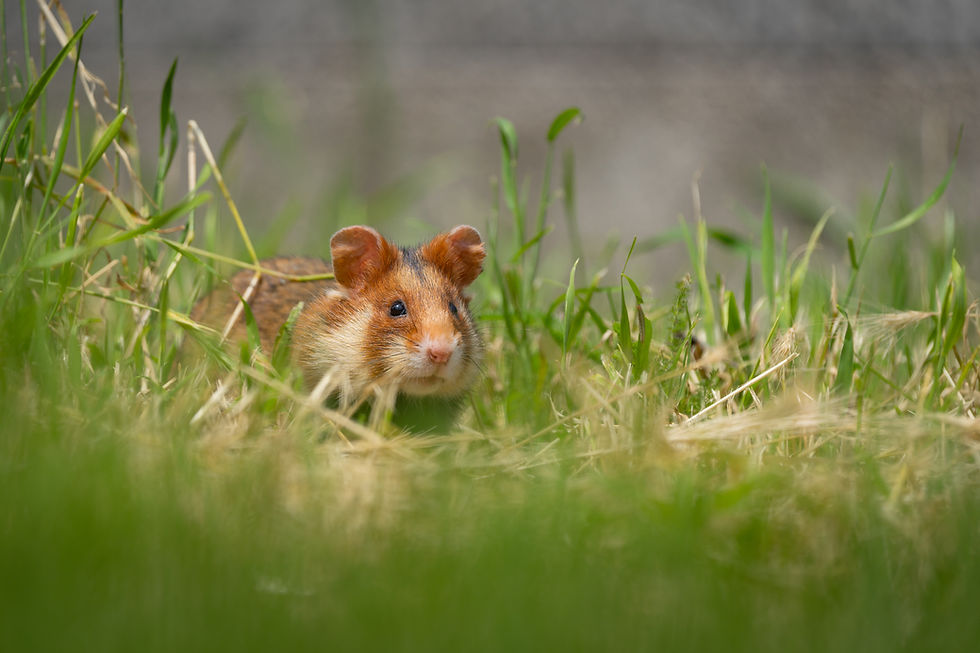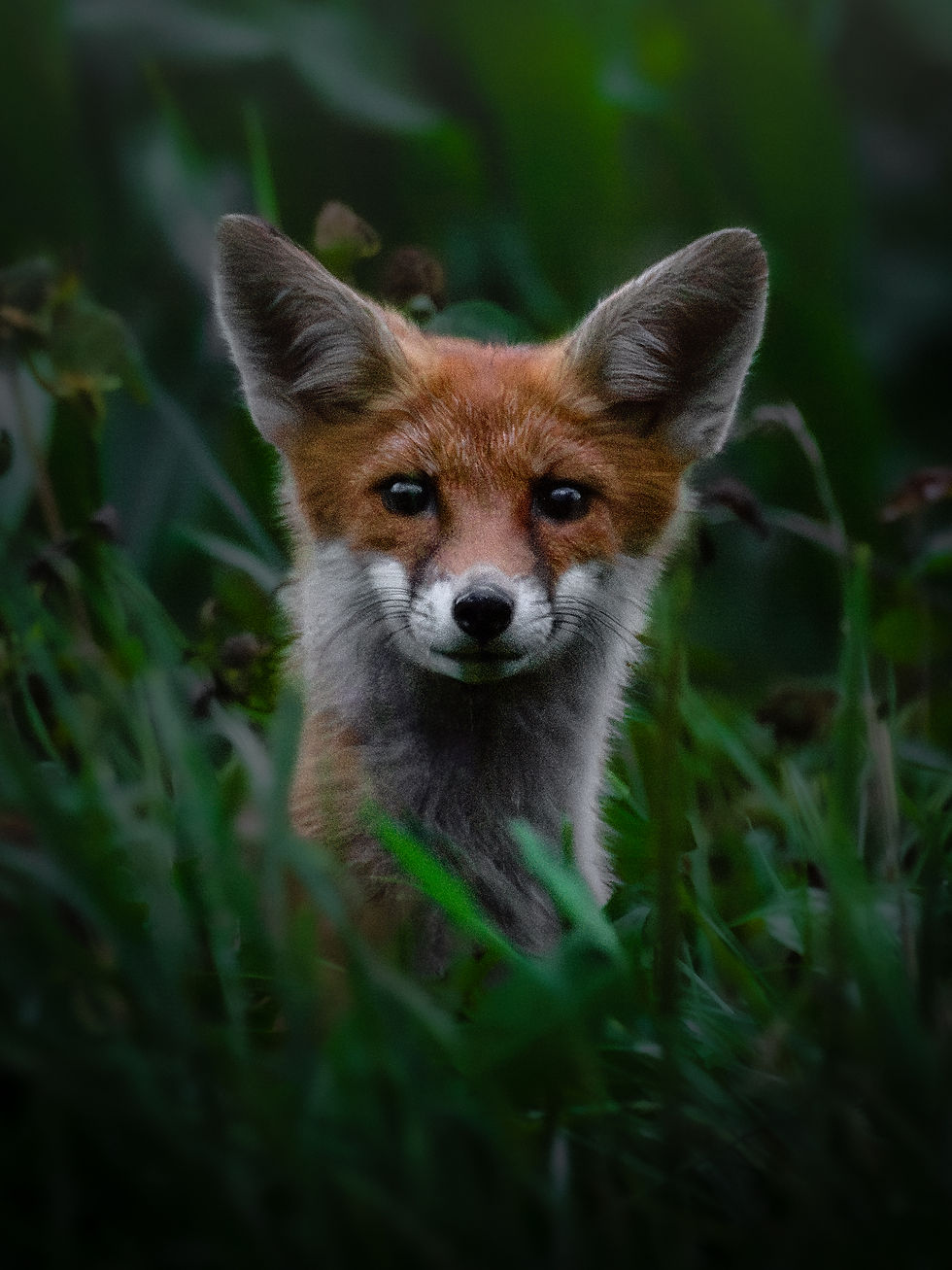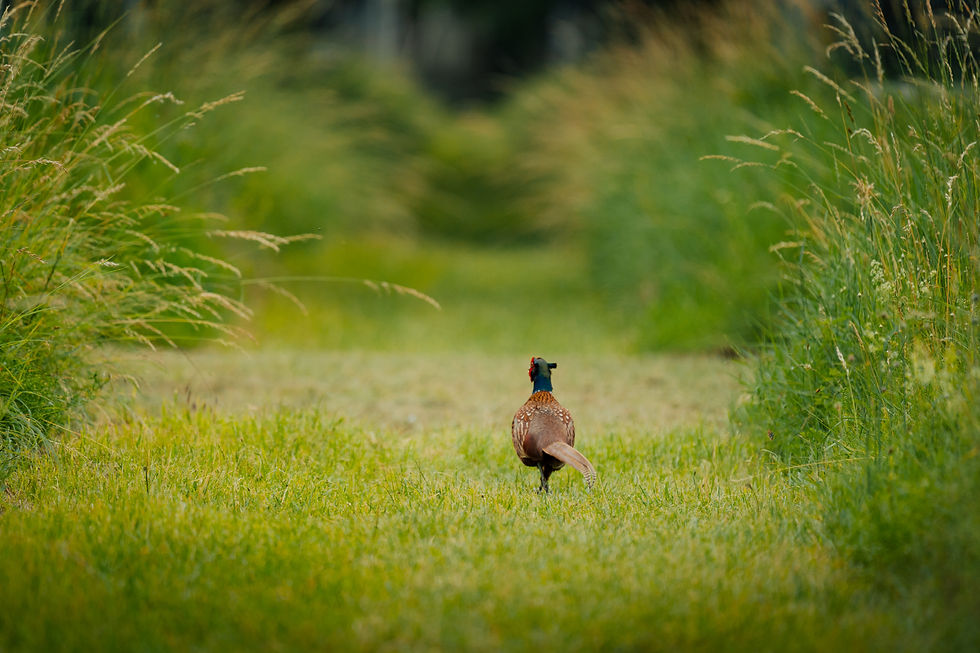The Concrete Jungle Meets the Wild
As the human population continues to grow and cities expand, the natural habitats of wild animals are increasingly encroached upon. This has led to a remarkable phenomenon: wildlife adapting to urban environments.
Here in Vienna, Austria, where I currently live, this phenomenon is particularly evident. The city's green spaces, such as the Prater and the Zentralfriedhof, provide a haven for a variety of wild animals, including deer, hamsters, foxes, and pheasants. These animals have had to adapt their behavior and physiology to cope with the challenges of urban life.
Masters of Adaptation: The Deer of the Prater
The Prater, a large public park in the heart of Vienna, is home to a population of around 200 deer. These deer have become remarkably accustomed to the presence of humans. They can often be seen grazing in open meadows or even strolling along sidewalks. This tameness is likely due to the fact that the deer are not hunted in the Prater, and they have learned that humans are not a threat.
While the deer may occasionally supplement their diet with leftover food scraps, their primary adaptation to urban life lies in their flexible foraging strategy. Unlike their rural counterparts, who rely solely on natural vegetation, the Prater deer have learned to exploit a wider range of food sources. They readily consume leaves, buds, and fruits from ornamental trees and shrubs that are abundant in the park. This ability to utilize a variety of plant life ensures a reliable food supply throughout the year, a crucial adaptation for thriving in an urban environment.

A Refuge for the Endangered: The Hamsters of the Zentralfriedhof
The Zentralfriedhof, Vienna's largest cemetery, is an unlikely sanctuary for wildlife. However, this tranquil oasis provides critical habitat for a number of endangered species, particularly the European hamster.
The European hamster is a small, burrowing rodent native to Europe. However, its habitat has been destroyed by agricultural intensification and urbanization, and it is now classified as endangered by the IUCN. The Zentralfriedhof’s extensive network of gardens and open spaces provides the perfect habitat for the hamster, and the cemetery's quiet atmosphere allows the hamsters to breed and raise their young without disturbance.

Foxes: The Kings of the Concrete Jungle
Once inhabitants of rural landscapes, foxes have successfully transitioned into urban life. Vienna, like many cities, has become home to these adaptable creatures. To survive in this new environment, foxes have become masters of resourcefulness. Besides rodents and birds, they've expanded their diet to include food scraps often foraged in parks and gardens. To avoid human encounters, they primarily hunt at night, though they may venture out during daylight hours in quieter areas.
Interestingly, urban foxes have shown a remarkable ability to utilize man-made structures for shelter. Abandoned buildings, garages, and even undergrowth in parks provide safe havens for these city dwellers. These adaptations have allowed fox populations to flourish in urban settings, transforming them from wild predators into surprising neighbors.

A Symbol of Resilience: The Pheasants of Vienna
The pheasant, a vibrantly colored bird with a long tail, is not native to Europe. Its origins trace back to Asia, where these birds were prized for their beauty and delicious meat. Pheasants were first introduced to Europe by the Greeks and Romans, likely brought over as ornamental birds for wealthy estates. Over time, pheasants escaped captivity and established wild populations throughout the continent. Today, they are a common sight in many European countries, including Austria.
Vienna's pheasants have adapted well to urban life, and they can often be seen foraging for food in flowerbeds and hedges. These resourceful birds have also adapted their breeding behavior to the urban environment. In rural areas, pheasants typically nest on the ground, but in Vienna, they have learned to nest in trees. This is likely due to the fact that trees provide a safer nesting site, as they are less accessible to predators such as foxes and cats.

The Importance of Conservation
The stories of the deer, hamsters, foxes, and pheasants of Vienna are just a few examples of the remarkable ability of wildlife to adapt to urban environments. However, it is important to remember that these animals still face numerous challenges, such as habitat loss, pollution, and climate change. Conservation efforts are essential to ensure the survival of these animals in the face of these challenges. As a wildlife photographer, I believe it is my responsibility to use my work to raise awareness of these issues and inspire others to take action.
By capturing engaging images of these animals in their urban habitats and educating people about conservation, I hope to show the beauty and resilience of wildlife and the importance of protecting their homes. As Sir David Attenborough once said: “If children don’t grow up knowing about nature and appreciating it, they will not understand it, and if they don’t understand it, they won’t protect it, and if they don’t protect it, who will?”
_edited.png)

The man who started it all, with a kind gesture you made to me, I found myself motivated enough to get dive into this journey. Lucky to work together! 😎
never knew there were this many wild animals in Vienna, and possibly more! very nice post and images are beautiful!